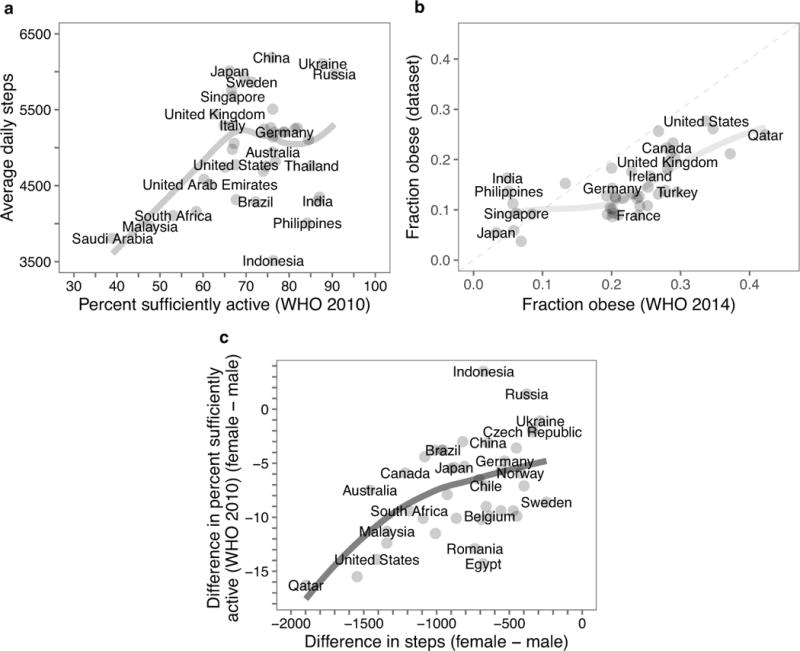Extended Data Figure 2. Activity and obesity data gathered with smartphones are significantly correlated with previously reported estimates based on self-report.

(a) WHO physical activity measure34 versus smartphone activity measure. The WHO measure corresponds to the percentage of the population meeting the WHO guidelines for moderate to vigorous physical activity based on self-report. The smartphone activity measure is based on accelerometer-defined average daily steps. We find a correlation of r=0.3194 between the two measures (p < 0.05). Note that this comparison is limited because there is no direct correspondence between the two measures—values of self-report and accelerometer-defined activity can differ14, and the WHO confidence intervals are very large for many countries (Methods). (b) WHO obesity estimates35, based on self-reports to survey conductors, versus obesity estimates in our dataset, based on height and weight reported to the activity-tracking app. We find a significant correlation of r=0.691 between the two estimates (p < 10−6). (c) Gender gap in activity estimated from smartphones is strongly correlated with previously reported estimates based on self-report. We find that the difference in average steps per day between females and males is strongly correlated to the difference in the fraction of each gender who report being sufficiently active according to the WHO (Pearson r=0.52, p < 10−3).
